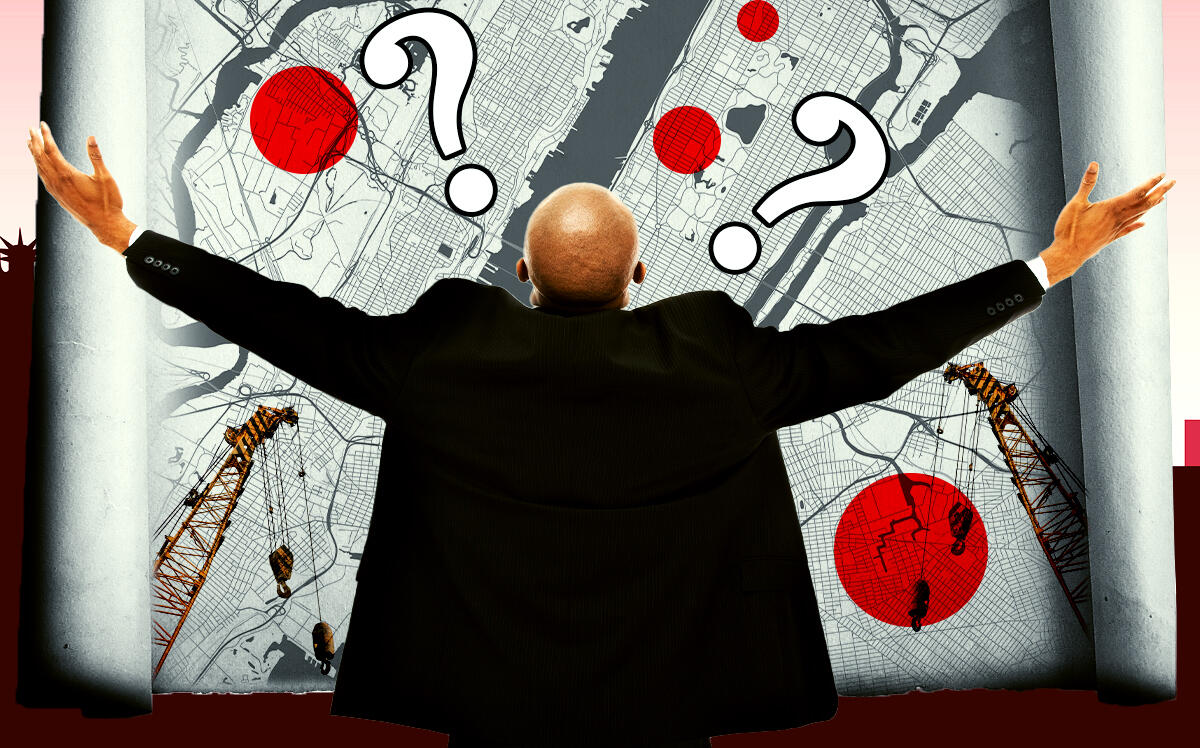 The quixotic quest to make WTC tower 100% affordable
The quixotic quest to make WTC tower 100% affordable
Trending
For richer or poorer: The hidden cost of low-income housing
Locating development pits affordability against segregation

Once upon a time in New York City, developers could get a tax break for a ritzy rental project by funding affordable housing on the cheap side of town.
They didn’t even have to build the low-rent units themselves. They could qualify for the 421a property tax abatement by buying certificates generated by someone else’s affordable project.
This system steered high earners into expensive neighborhoods and low earners into poor parts of the Bronx, Brooklyn, Queens and northern Manhattan. For years, this made perfect sense to people.
Eventually, it was seen as segregationist, so developers were forced to include low-rent units in their projects to get the tax break.
But another form of segregationist development continues: building 100 percent low-income housing in low-income areas. Hardly a week goes by without a city or state press release celebrating a groundbreaking or ribbon-cutting for these projects.
The reason: For the same money, the government can subsidize a lot more low-rent apartments in, say, East New York than in the East Village, where land costs a bundle.
But there’s a hidden cost to cheap housing.
Concentrating disadvantaged people somewhere makes it hard for their kids to break the cycle of poverty. They don’t see anyone around them who has done so. As bad influences abound, they have brain-damaging pollution filling their lungs, stress hormones coursing through their veins and low-nutrient foods in their stomachs.
Just think of all the generations showered with particulate matter from the Cross Bronx Expressway. The air was even more toxic in the days of leaded gasoline. Noise pollution, which is worse in poor areas, also impairs learning.
To a large extent, poverty is a function of real estate.
It’s a dilemma that New York and most other cities have failed to solve, and in fact helped create. Calculating the true cost of housing would mean accounting for the future tax revenue its residents and their descendants generate or require.
Read more
 The quixotic quest to make WTC tower 100% affordable
The quixotic quest to make WTC tower 100% affordable
 Vice squad: Project foes put squeeze on Brooklyn pol
Vice squad: Project foes put squeeze on Brooklyn pol
 When pols ignore past, city pays price
When pols ignore past, city pays price
The Community Service Society has done the math to show the value of education: College graduates pay lots of tax in their lifetimes while high school dropouts impose huge social costs. The value of neighborhoods could be similarly factored into development decisions.
The benefits of location and integration were recognized by the reformed 421a and Mandatory Inclusionary Housing programs. But 421a expired and MIH only applies where land is upzoned — which takes years, costs a fortune and risks being killed by a single politician.
Poor areas tend to remain that way in part because low-income housing is usually what is built in them. Developers tend not to build for higher-income people in these areas until gentrifiers start moving in and signal to their own kind (and to lenders) that it’s safe.
At that point, the script gets flipped from “disinvestment” to “gentrification.” Projects with market-rate housing are demonized and blamed for the rising rents that preceded them.
The politics of housing development in New York City is filled with hard choices, contradictions and Catch-22s. In a moment of candor, Brooklyn Borough President Antonio Reynoso once noted that the waste transfer stations he was fighting did keep rents low by damaging the quality of life. So does crime, noise and lack of amenities.
This is not an argument against 100 percent affordable projects in poor neighborhoods. Not building is irresponsible in a housing-starved city. But mixing higher-income tiers into these projects would cost less and lead to better outcomes.
At the same time, upzoning of high-opportunity areas, as the city did last year in Soho and Gowanus, would create affordable units where households have a better chance to move up the economic ladder. The City Council is coming around to this notion, which is why it might override member Julie Won if she tries to block an Astoria project with 1,100 affordable units.
We can’t solve poverty without alleviating the housing crisis. That requires more units. But getting projects to pencil out is not enough. Return on investment matters.
Poverty is about not just wages and education but also real estate. And we know what real estate is about: location, location, location.




